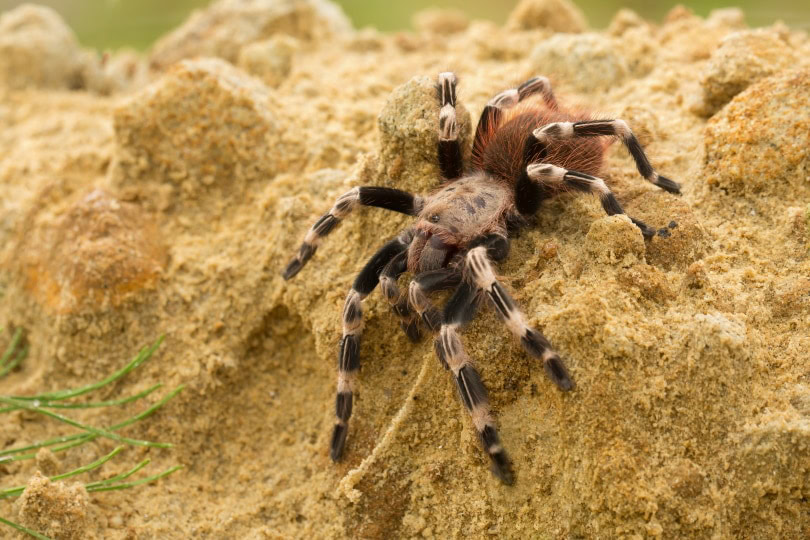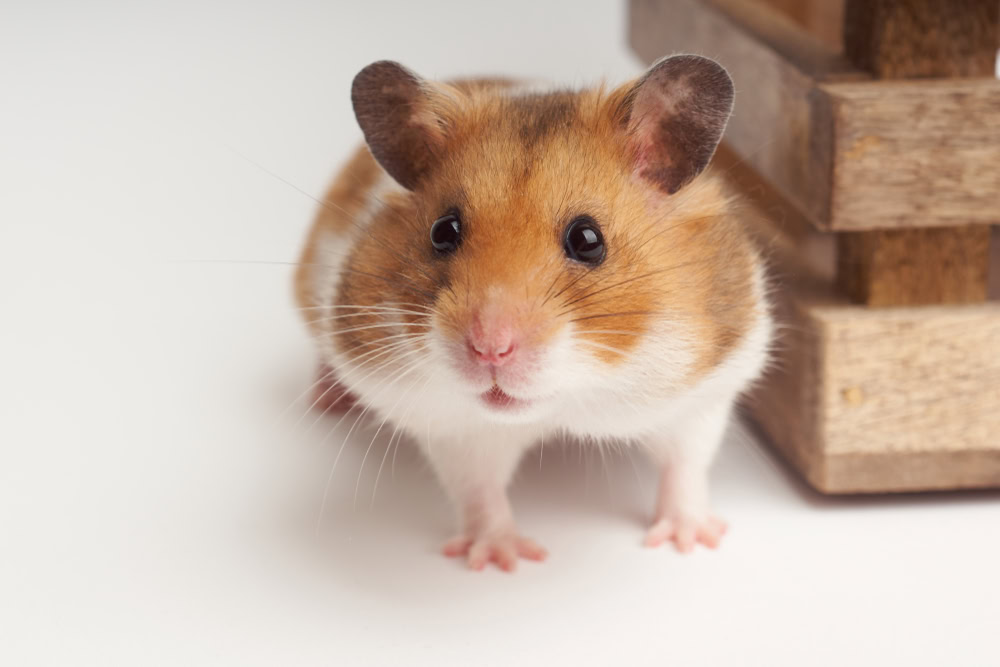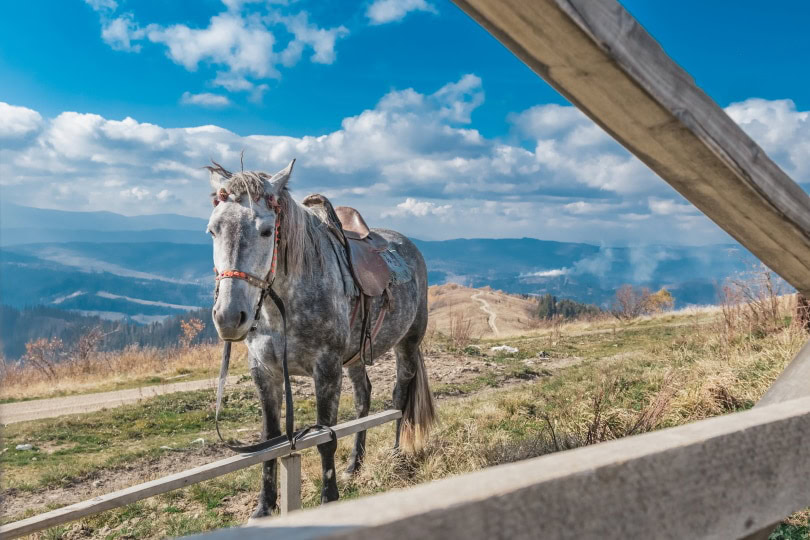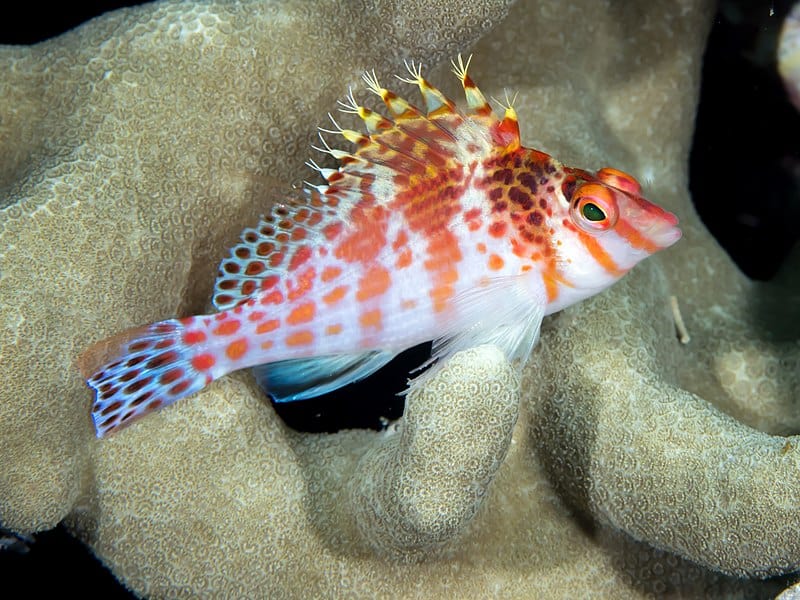Click to Skip Ahead
The Brazilian red and white tarantula is a New World tarantula breed gaining popularity in America. It has reddish hairs on a dark brown body with white stripes on the legs, and it can grow to more than 7 inches long. If you are thinking about purchasing a spider for your home, keep reading while we examine this large bird-eating species to see if it’s right for you.

Quick Facts about the Brazilian Red and White Tarantula
| Species Name: | N. chromatus |
| Family: | Theraphosidae |
| Care Level: | Beginner/Intermediate |
| Temperature: | 76–85 degrees Fahrenheit |
| Temperament: | Aggressive, defensive |
| Color Form: | Dark brown and white |
| Lifespan: | 15 years |
| Size: | 7–8 inches |
| Diet: | Crickets and roaches |
| Minimum Tank Size: | 18” L x 18” W x 12” H |
| Tank Set-Up: | Substrate, rocks, fake plants, water |
Brazilian Red and White Tarantula Overview
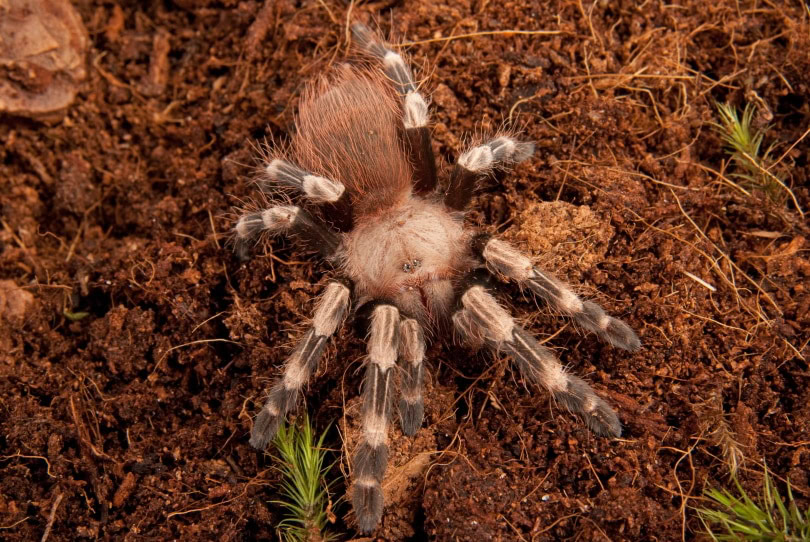
The Brazilian red and white tarantula originated in the Western Hemisphere. They prefer to run and throw sharp, pointy hairs called urticating hairs, rather than fight. The Brazilian red and white is one of the most colorful tarantulas—it’s even large enough to eat birds! But in captivity, it’s happy to eat crickets.
How Much Do Brazilian Red and White Tarantulas Cost?
You should set aside $50 to $100 if you are thinking about purchasing a tarantula for your home. The females are more expensive but also live quite a bit longer. Slings, or baby tarantulas, are the least costly but require extra care. It’s unlikely that you will see one in the local pet store, so you will need to find a breeder online. The distance to the nearest breeder could significantly affect the final cost of your pet.
You will also need to purchase a tank, substrate, and food, but ongoing expenses for your reptile will not be too high.
Typical Behavior & Temperament
Most owners describe the Brazilian red and white tarantula as a skittish animal that is easily spooked. If you put your hand in the tank, it will usually make a threatening pose before retreating to a hiding place. However, it’s less likely to throw the urticating hairs once it is familiar with its environment. It’s best to keep the spider in an area of the home where there isn’t much other traffic that could scare it.
The Brazilian red and white tarantula is a burrowing animal that can develop strange behavior if not provided with enough substrate in its environment. The stress could lower its quality of life and shorten its lifespan.
Appearance & Varieties
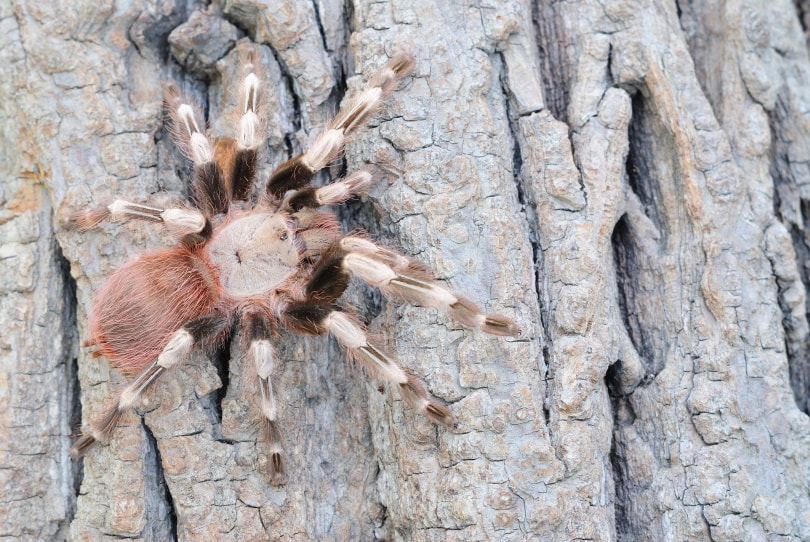
The Brazillian red and white tarantula has a golden brown carapace that will darken with age. It has red hairs on the opisthosoma and contrasting white stripes on its legs. It has large fangs that can cause severe pain if it bites a human, though it is only likely to do so if it can’t hide.

How to Take Care of a Brazilian Red and White Tarantula
Habitat, Tank Conditions & Setup
Tank Size
Your Brazilian will need an aquarium at least 18 inches wide and 18 inches deep to give it enough space to explore its environment and create a home. Your tarantula is not a climber, but the aquarium will also need to be at least 12 inches tall to accommodate the substrate.
Substrate
The red and white tarantula will need at least 6 inches of substrate to feel safe in its environment. Sand, coconut fibers, and other substances are available at your local pet store. We recommend coconut fiber because it holds moisture well, is softer, and doesn’t contain dust.
- See also: How to Take Care of a Pet Tarantula
Temperature
Your Brazilian red and white tarantula will be happiest when the temperatures are between the high 70s and low 80s.
Humidity
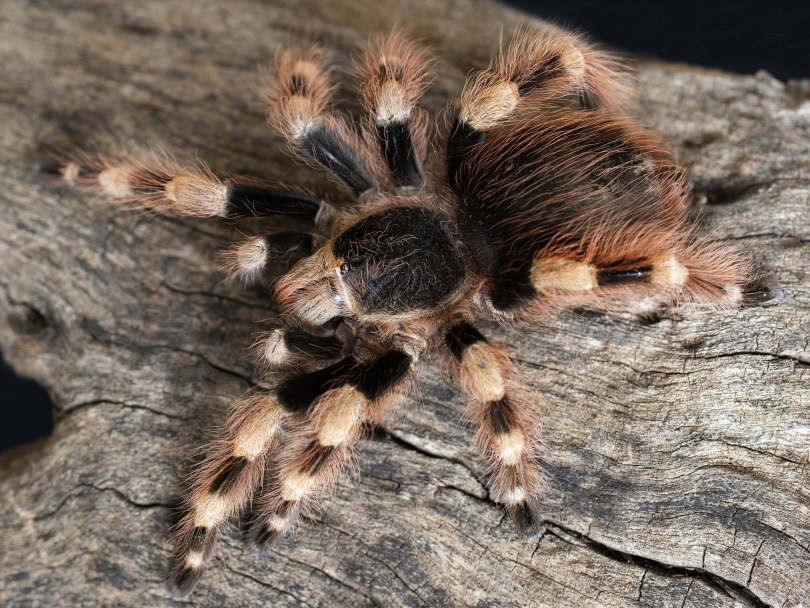
Most experts recommend keeping the humidity in your tank around 70%. However, your spider can go quite a while with less humidity. Higher humidity levels are most important when the spider is molting to shed the exoskeleton.
Accessories
Your Brazilian red and white tarantula doesn’t require a lot of accessories in its cage and prefers to keep things minimal. A few natural rocks and plastic plants should be more than enough. It will also need access to clean, fresh water at all times. If you can use a pump to put water into the cage without entering it, your spider will appreciate it.

Do Brazilian Red and White Tarantula Get Along with Other Pets?
The Brazilian red and white tarantula is a skittish breed that prefers to live alone. It can live with other species if it starts early in life, but tarantulas are generally solitary. If you have cats or dogs, we recommend putting the aquarium in an area where they cannot get too close and scare the spider, causing it to throw urticating hairs.
What to Feed Your Brazilian Red and White Tarantula
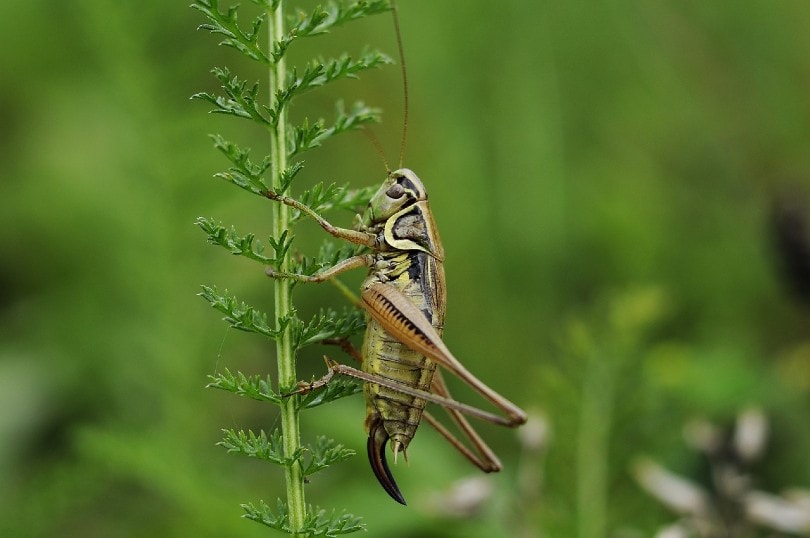
The Brazilian red and white tarantula is easy to feed and eats crickets and roaches from your local pet store. You can also breed them yourself if you have a garage or shed to store them in. Store-purchased or homebred insects are less likely to contain parasites that can harm your pet.
Keeping Your Healthy
Brazilian red and white tarantulas have very few health problems since they are removed from predators and often live longer than expected. The only issue occurs from parasites that they often get from food. However, the parasites are rarely life-threatening and often clear up quickly.
Breeding
You can breed your Brazilian red and white tarantula once it is over 4 weeks old and has molted. You will begin the process by making sure the female is well-fed, then place both terrariums—one with a male and one with a female—next to each other so they can see one another.
After several days, you can place them together, but watch them closely and separate them immediately after mating. The female will create a cocoon for the eggs a few months later, and a few weeks later, the spiders will hatch. However, we don’t recommend breeding since several hundred spiders will hatch, and you will have a hard time finding a suitable habitat for them all.
- You may also like: 14 Tarantula Species That Make Great Pets (With Pictures)

Is the Brazilian Red and White Tarantula Suitable for You?

The Brazilian red and white tarantula makes a wonderful pet, but it is better suited to more experienced owners because it is skittish. If your home is quiet without a lot of noise or other pets, it can make a great pet. It’s active and fun to watch and doesn’t require much care. It has a long lifespan and is one of the more colorful species of tarantula.
We hope you have enjoyed reading this guide and found it helpful in answering any questions you have. If we have convinced you to purchase one of these popular spiders for your home, please share this guide to the Brazilian red and white tarantula on Facebook and Twitter.
Featured Image Credit: Milan Zygmunt, Shutterstock
